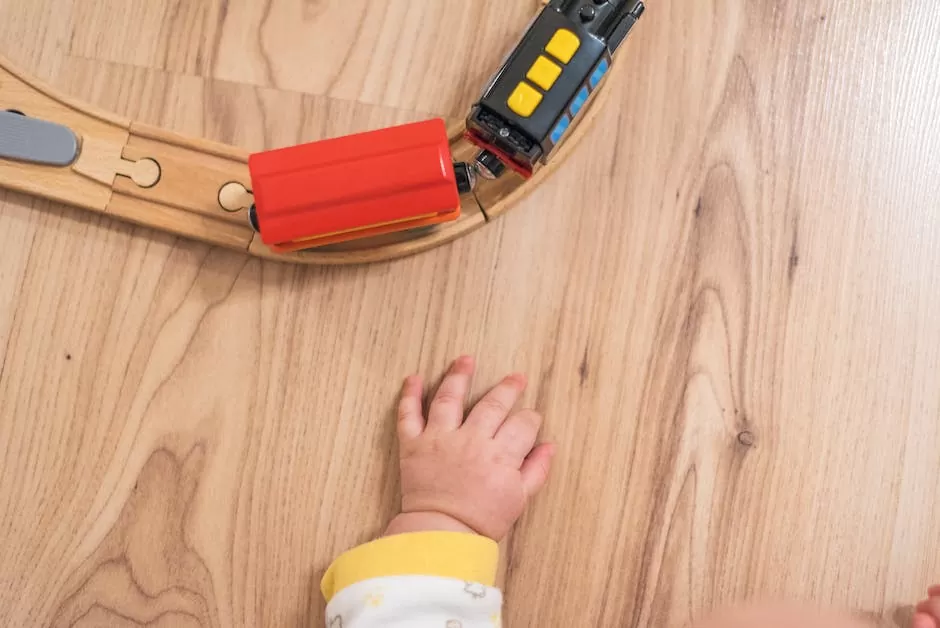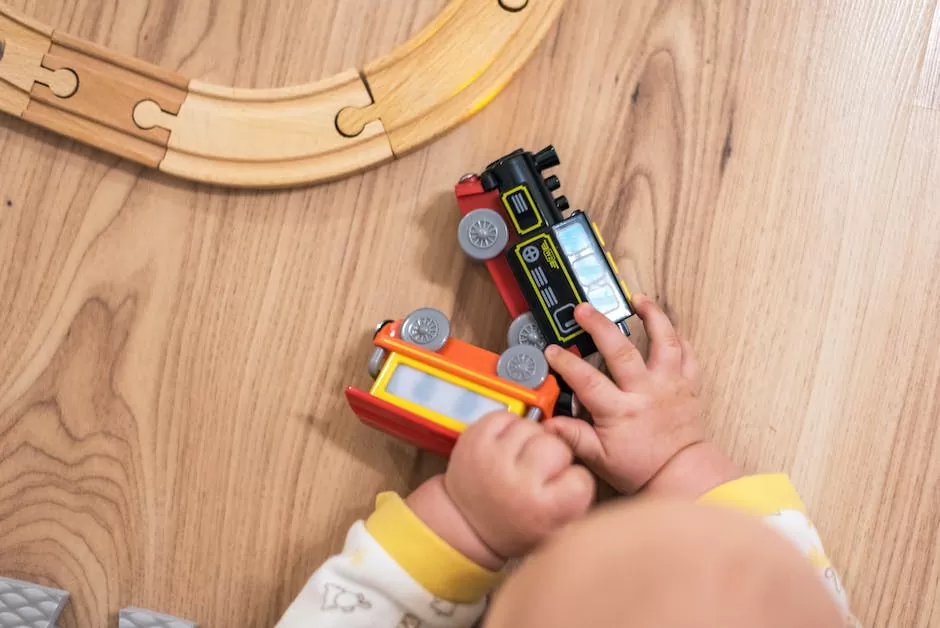How to train small dogs?

Since small dogs are generally full of energy, it is important to start training them as soon as possible. The most important thing to remember when training a small dog is to be consistent. Dogs in general learn best from positive reinforcement, so rewarding your dog for good behavior is key. Also, be sure to keep training sessions short and fun, as small dogs can get bored easily.
The easiest way to train a small dog is to use positive reinforcement. This means rewarding the dog for good behavior, instead of punishing it for bad behavior. You can use treats, toys, or even just verbal praise to Rewards the dog. Another method is to create a “den” or small space for the dog to stay in when you leave the house. This will help to prevent separation anxiety and chewing/barking when left alone.
Are small dogs more difficult to train?
Although small dogs can be more difficult to train than large dogs, some small breeds can be litter-box trained. This is an advantage that small dogs have over large dogs. Small dogs are also more territorial indoors than larger dogs, who often view the great outdoors as their main turf.
There are many small dog breeds that are easy to train. Some of the most popular breeds include the Smooth Fox Terrier, Pembroke Welsh Corgi, Papillon, Dachshund, Shetland Sheepdog, Brussels Griffon, and Italian Greyhound. These breeds are all intelligent and have a history of being easy to train.
Can small dogs be well trained
Small dogs are often wonderful dogs to train. There are a number of breeds that are awesome to train, and a few that can be a challenge. For the most part, small breeds require minimal work to become really fun pets. While they don’t need as much training as larger breeds, it is still a necessity.
It is important to keep training positive for small dogs, as techniques like clicker training and other reward-based methods are much more effective. On the other hand, since they are so small, punishment-based training can be harmful and frightening.
At what age is a dog most trainable?
Most experts agree that the ideal time to begin training your puppy is around 7 to 8 weeks of age. This is also the age to start socializing them to new people and new experiences. The most effective training involves positive reinforcement and gentle commands.
There are a number of reasons why certain dog breeds are harder to train than others. Some breeds are simply more independent and headstrong by nature, while others may be more prone to distraction or even aggression.
Rottweilers, American Pit Bull Terriers, Siberian Huskies, Bullmastiffs, Chinese Shar-Pei, Afghan Hounds, Basset Hounds, and Beagles are all notoriously difficult breeds to train. This is often due to their strong wills and stubborn personalities. However, with patience and consistency, even the most challenging dog can be trained.
What is the best behaved small dog?
This video is about the different types of small dogs that make great pets. The breeds mentioned are all good choices for people looking for a small companion dog.
There are a wide variety of small dog breeds, each with their own unique personality and temperament. However, some small dog breeds are known for being particularly calm and relaxed. Here are 10 of the calmest small dog breeds:
1. Bichon Frisé
2. Lhasa Apso
3. Shih Tzu
4. Pug
5. Havanese
6. Miniature Schnauzer
7. Italian Greyhound
8. Welsh Corgi Pembroke
9. Toy Poodle
10. Cavalier King Charles Spaniel
What is the happiest small dog
The Bichon Frise is a small, cuddly-looking dog with a big, happy personality. Despite their cute appearance, Bichons are lively and outgoing dogs that enjoy spending time with their owners. Their friendly personality and affection for their owners make them popular show dogs as well as family companions.
There is no one answer to this question as every dog is different. Some may dislike hugs more than others, and some may actually adore them. The closest thing our furry family members do to a hug is something referred to as ‘standing over’.
Is it ever too late to start training a dog?
There are some benefits to working with an older dog. They have typically already developed basic obedience and manners. They may also be more calm and relaxed, which can make training easier. However, it is important to keep in mind that some older dogs may be less willing to learn new things and may be more set in their ways. So it is important to be patient and tailor your training to your older dog’s individual needs and personality.
It typically takes 4-6 months for a puppy to be fully house trained, but some puppies may take up to a year. Size can be a predictor. For instance, smaller breeds have smaller bladders and higher metabolisms and require more frequent trips outside. Your puppy’s previous living conditions are another predictor.
What is the first thing you should train your dog
Ray believes that the four basic commands that every dog should learn are heel, sit, stay, and come. He believes that heel should be learned first, followed by sit, stay, and come.
McMillan’s approach to training the 7 Common Commands is playful, careful, and kind. He explains that this approach is necessary in order to teach your dog the commands effectively. McMillan also outlines the importance of using positive reinforcement when training your dog.
How do you discipline a small puppy?
Puppies are cute, but they require a lot of work. If you’re not prepared to put in the time and effort, then a puppy is not the right pet for you. However, if you are willing to put in the work, then follow these five steps to discipline your puppy without punishment.
1. Be consistent. Dogs are creatures of habit and respond well to routine. If you are consistent in your approach to discipline, your puppy will quickly learn what is expected of him.
2. Be prompt. Whether you are rewarding good behavior or correcting bad behavior, it is important to be prompt in your response. This will help your puppy understand what he is being disciplined for.
3. Be firm. It is important to be firm when disciplining your puppy. He needs to know that you are in charge and that you mean business.
4. Use positive reinforcement. Reward your puppy for good behavior with treats, affection, or playtime. This will help him understand what he is being rewarded for and will encourage good behavior in the future.
5. Give timeouts. If your puppy is exhibiting bad behavior, remove him from the situation and give him a timeout. This will give him a chance to calm
Some of the most popular and well-behaved dog breeds include Irish Setters, Labrador Retrievers, Border Collies,Leonbergers, Newfoundland dogs, St Bernard, and Beagles. These breeds make great companions and are typically very easy to train.
What does it mean when a dog stares at you without blinking
If you notice your dog giving a hard, steady stare to another person without blinking, they may be trying to establish dominance or show aggression. This is more likely to happen with strangers, especially if your dog feels like they need to protect you. If you’re concerned about your dog’s behavior, please consult a professional.
Because puppies have not yet learned bad habits and behaviors, they can be significantly easier to train than adult dogs. However, you can successfully train an adult dog, and both you and your adult dog will benefit from the obedience training.
What is the most obedient dog to train
This is a list of the top 10 trainable dog breeds. German Shepherds are number one on the list. They are known for their loyalty, intelligence, and trainability. Poodles are number two on the list. They are known for their obedience and trainability. Border Collies are number three on the list. They are known for their intelligence and trainability. Doberman Pinschers are number four on the list. They are known for their trainability and loyalty. Labrador Retrievers are number five on the list. They are known for their obedience and trainability. Golden Retrievers are number six on the list. They are known for their obedience and trainability. Papillons are number seven on the list. They are known for their intelligence and trainability. Rottweilers are number eight on the list. They are known for their intelligence and trainability.
It seems like every other dog these days is either a mutt or a designer breed. But what about the old-fashioned, purebred dogs? While many of them are sweet and well-behaved, there are some naughty dogs breeds out there too. Here are the 10 top naughty dog breeds, according to a survey of pet parents:
1. Mudi
2. Cockapoo
3. Wire-haired Vizla
4. Chug
5. Poochon
6. Welsh Terrier
7. Keeshond
8. English Springer Spaniel
9. Beagle
10. Jack Russell Terrier
Conclusion
There is no one definitive answer to this question – it largely depends on the individual dog’s personality and energy level. However, some tips on how to train small dogs may include frequent short sessions, positive reinforcement such as treats or verbal praise, and patience. Remember that small dogs have just as much potential as larger breeds when it comes to learning new tricks and behaviors – it may just take a little extra time and effort to get them there!
In conclusion, if you want to train your small dog, you will need to be patient,persistent, and use positive reinforcement. You will need to praise your dogwhen it does something good and ignore it when it does something bad. With alot of patience and consistent training, your small dog will learn the behaviorsyou desire.